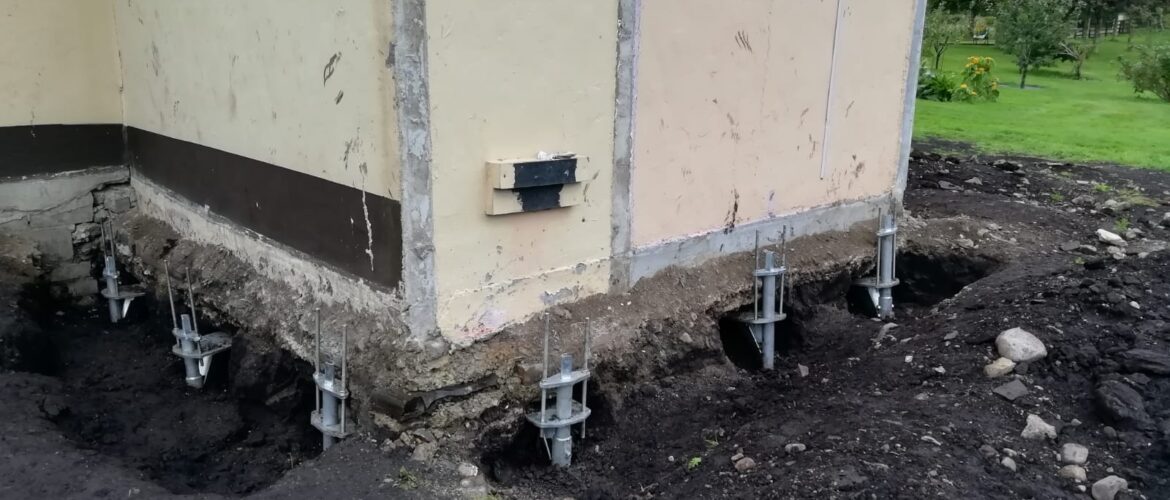
Underpinning is a remedial technique designed to strengthen existing foundations by shifting load to deeper soil strata with increased bearing capacity. There are various techniques for underpinning, including traditional pit technology.
Pile driving is an innovative form of underpinning used when traditional mass concrete bases cannot be constructed due to limited space or poor soil conditions. As an integrated engineering solution, this solution includes design, installation and quality assurance services as part of its package.
Underpinning involves drilling holes along a wall that requires support, inserting needles that will later be hammered into place to bear the weight of its structure, and hammering. This technique works particularly well on clay-based soils which have low bearing capacities but it can also be implemented on sites with variable soil types, limited access or environmental pollution concerns.
Underpinning Melbourne involves testing the soil for its capacity to support loads before excavation; the method chosen then depends upon this assessment.
Helical piers resemble screws – smooth cylindrical structures topped with spiked helixes that lodge into bedrock or competent load-bearing strata to support structures, including homes in Orange County that may be subject to settlement caused by expansive soil, which is one of the leading causes of subsidence. They’re an effective underpinning solution for light structures like retaining walls.
Underpinning is a method for stabilising buildings when their foundation has become compromised by substantial refurbishment, changes in usage, or natural disaster. Although underpinning may also be needed due to changes in soil conditions.
The Pier and Beam Method (or Pier and Beam Underpinning) offers more cost-effective and less disruptive underpinning solutions, extending existing foundations deeper into the ground to further secure them against sinkholes or instability. This underpinning solution is particularly suited to protecting structures like basements.
Underpinning using resin injection involves injecting resin or grout into the ground to fill any voids under a slab, before expanding and compressing the soil to form new foundations for expansion and compression. Unfortunately, this method may not always work reliably due to different ground conditions.
One of the oldest methods of underpinning, known as mass concrete underpinning, has been around for centuries. This involves excavating an area beneath your foundation and replacing it with new soil in order to create a strong base and secure underpinning. This underpinning method is an ideal choice if you need to raise an existing building or change its load bearing capacity.
Geotechnical engineers evaluate soil composition to ascertain the appropriate depth for supporting structures. Excavations is conducted in stages known as pins, with each completed pin filled with concrete that must cure before dry sand cement packing is used to transfer loads from its pin to the new foundation.
Pile underpinning is an alternative to underpinning with traditional piers or beams and works best where existing foundations rest on weak strata. Common applications for pile underpinning include:
Mini-piles, as their name implies, are driven into the ground using an auger to achieve desired depths. This method is efficient in many environments but particularly effective when used in cohesive soil conditions.
Transferring loads from an existing foundation to deeper layers of soil that have greater bearing capacities is ideal when excavation or access limitations preclude its implementation.
Cantilever needle beam method is more cost-effective and quicker than mass concrete method, enabling a building to remain functional throughout its renovation works. Furthermore, this approach creates less noise pollution.
Finding the best underpinning method for your building can be challenging, so it is wise to consult an expert. Our team of engineers would be more than happy to assess your property and offer their advice on which methods would work best in your specific situation. Give us a call now to get more details!